In winter, in most of Russia, heating a country house requires a lot of money. But due to the high-quality insulation of the foundation, attic and other structures of the house, the costs of this article in the budget can be significantly reduced. Before warming the attic in the house for winter living, you need to find out the thickness of the layer and calculate the optimal amount of thermal insulator. Then it will be possible to do everything step by step with your own hands.
Content
Scheme for calculating the volume of building material
For the work to be completed successfully, it is necessary not only to purchase materials of the proper quality. It is important that they are selected in the ideal thickness for a particular structure. This will make it possible to ensure optimal insulation of the room without the formation of cold bridges.
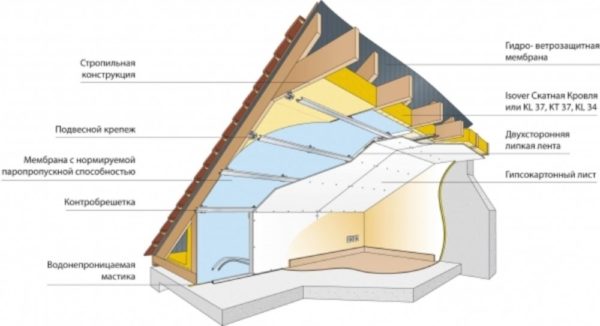
To determine exactly how to insulate the attic for winter living with your own hands, you will have to take into account many factors and perform the work step by step. Among them is the dependence of the thickness of the material used on the features of the external space.
Read more: 16 most useful items for storing things from AliExpress up to 300 rubles
Thermal conductivity characteristics are easily determined. To do this, you can look at the manufacturer's documentation. You need to understand what insulation can be used for a particular house. Before warming the attic for winter living with your own hands step by step, you should calculate what area you have to deal with.
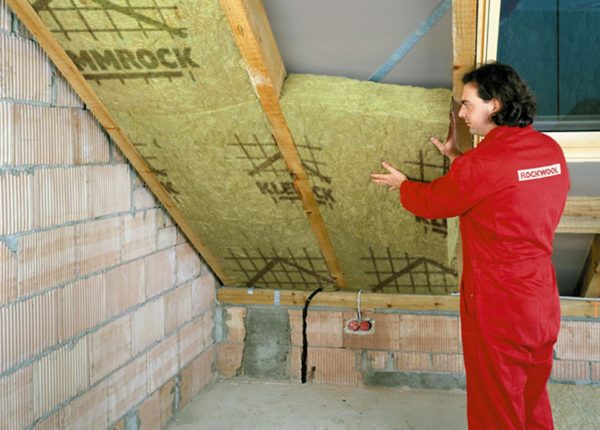
From it, take away the area of the windows located in the attic. This will allow you to get a value that will correspond to the volume of the required material. In addition, construction foam, vapor barrier materials, and nails are additionally required.
Mineral wool insulation technology
You need to do this step by step. If glass wool is used, which loses its heat-insulating properties when wet, then it is necessary to fence off the insulation with a steam insulator correctly. It is necessary to do this from the side of a warm room.
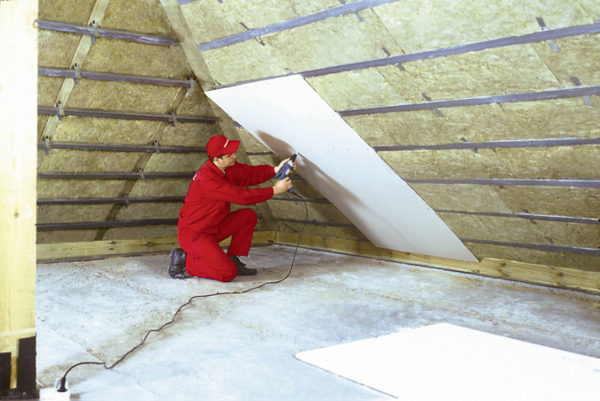
The need for vapor barrier films is explained by the fact that the heated air is saturated with moisture. Passing through thermal insulation, it cools. Accordingly, moisture is converted, turning into condensate.
Read more:Luxurious two-story Moscow apartment of Leonid Agutin and Angelika Varum (photo)
Using extruded polystyrene foam, you can do without additional waterproofing, as this insulating material does not absorb moisture and retains its initial properties at any humidity. Therefore, penoplex, like any other polystyrene, is in demand when warming the foundation of a house.
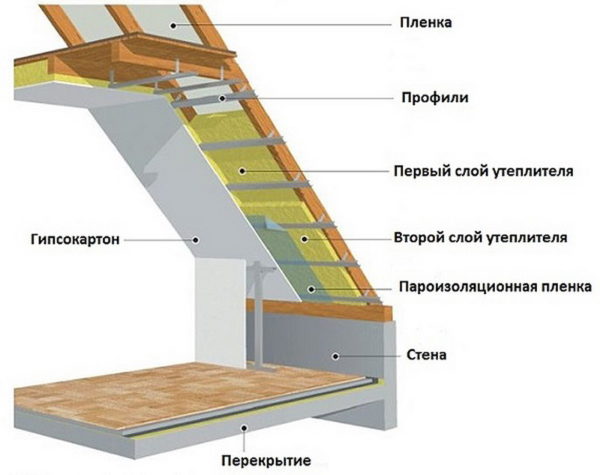
A good option is external insulation. At the same time, the insulated structure is located in a warm circuit and is not subject to freezing. In this way, the risk of mold formation due to excessive moisture can be reduced.
However, when arranging the attic of an already-built house, it is prohibitively difficult to position the insulation under the roof, since this involves the need to remove the roof layer.
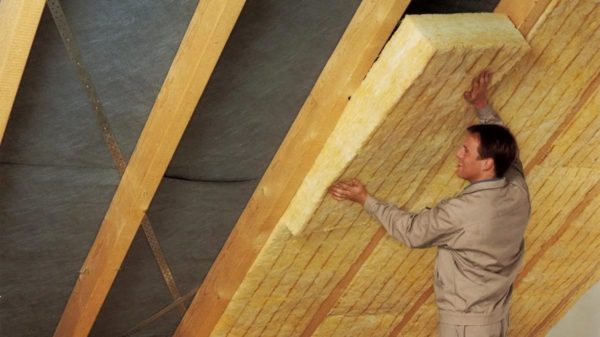
Delving into the task of how to insulate the attic at home for winter living with your own hands step by step, most of the owners of country houses resort to external insulation during the reconstruction of the building. A skeleton frame is built on the attic. It is intended for future rooms.
Read more:Have you seen the foreign house of Oleg Gazmanov?
Thermal insulation work - a detailed guide
What to do next to insulate the attic in a country house for winter living with your own hands? Thermal insulation of the attic space outside is carried out even during the construction of the house. There is a warming of the gable roof.
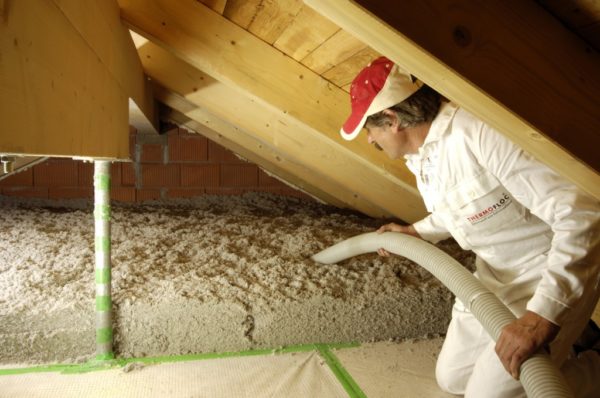
Corresponding work from the inside out is done only after covering the roof, if it is decided to remodel the attic and make a living room out of it. A special ventilation hole must be made in the roofing “pie”. It should be within 2 cm.
Such a measure is required to remove vapors and moisture from the vapor barrier layer. In the surface and lower areas of the roofing layer, ventilation slots are formed. This should be done so that the air passes down the ventilation opening in the roof structure, taking in excess moisture from the vapor barrier plane, and exits through the cracks at the top of the roof.
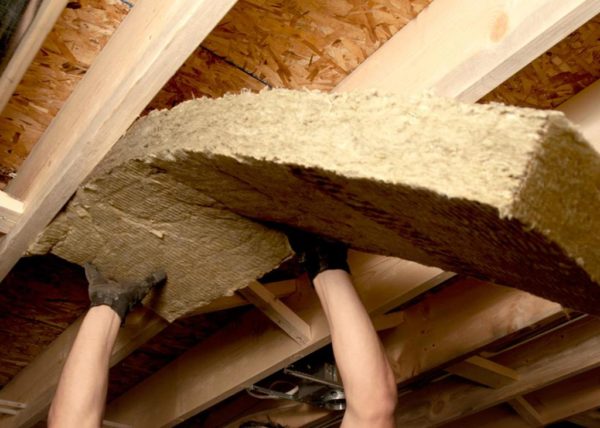
It makes sense to carry out external insulation of the roof and the attic of a house exclusively in sunny weather, when it is warm outside. Before proceeding with the placement of the insulating material, it is advisable to carefully inspect the plane of the walls.
Read more:Lady is whipping! The mansion and three apartments of Lena Lenina (photo)
Wooden elements are treated with antiseptics. Metal components must be coated with bitumen mastic. It serves to prevent corrosion. All wet areas must be dried.
For high-quality insulation of the attic for life in winter, you must adhere to the algorithm of actions:
- At the bottom of the rafters, a frame of wooden boards is nailed.
- The supports and crate are hidden under a layer of vapor barrier material.
- Insulating material is placed in the area between the rafters.
- Cover with steam and waterproofing materials.
- From above the warming "pie" the board crate is beaten.
- The roofing material is strengthened by means of self-tapping screws.
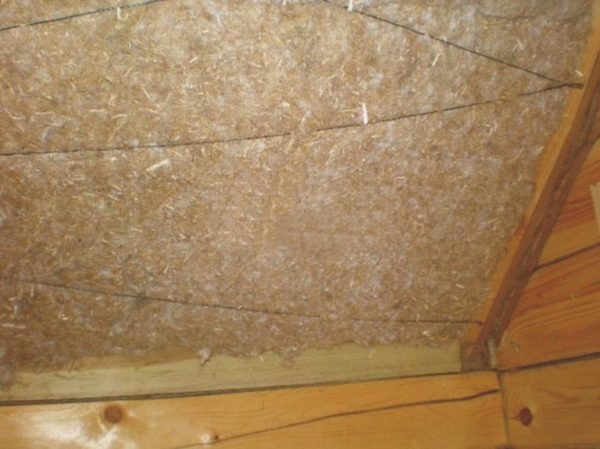
It is desirable that the insulating material has a relatively low weight. This is required so as not to burden the roof of the attic. It should be easy to install, harmless and non-flammable.
In order to ensure the best result, the insulation must be laid without gaps. When using insulation in slabs, slots should be masked with construction foam. It is important to ensure that the layers of the insulator have an overlap of at least 20 mm.
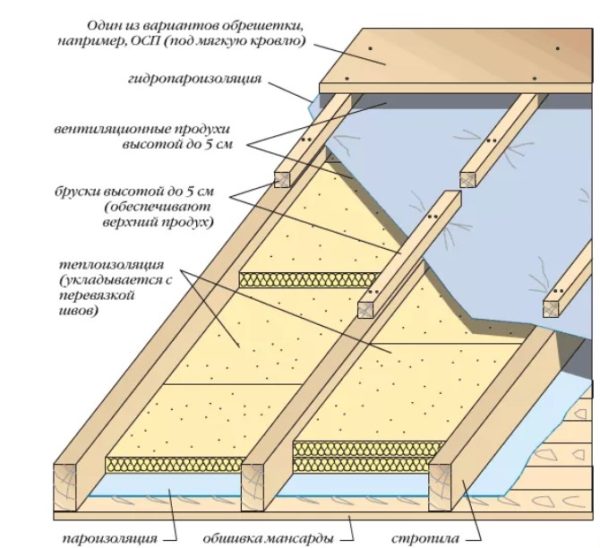
When actions are carried out from the inside, warming is carried out differently. The list of actions is as follows:
- A crate is nailed onto a previously prepared frame.
- Lay a film that guarantees protection from the wind.
- In the area between the rafters, insulation is placed in rolls.
- Cover the insulation from the inner zone with vapor barrier material.
- Fill the crate on the resulting structure.
The crate is covered with OSB sheets.

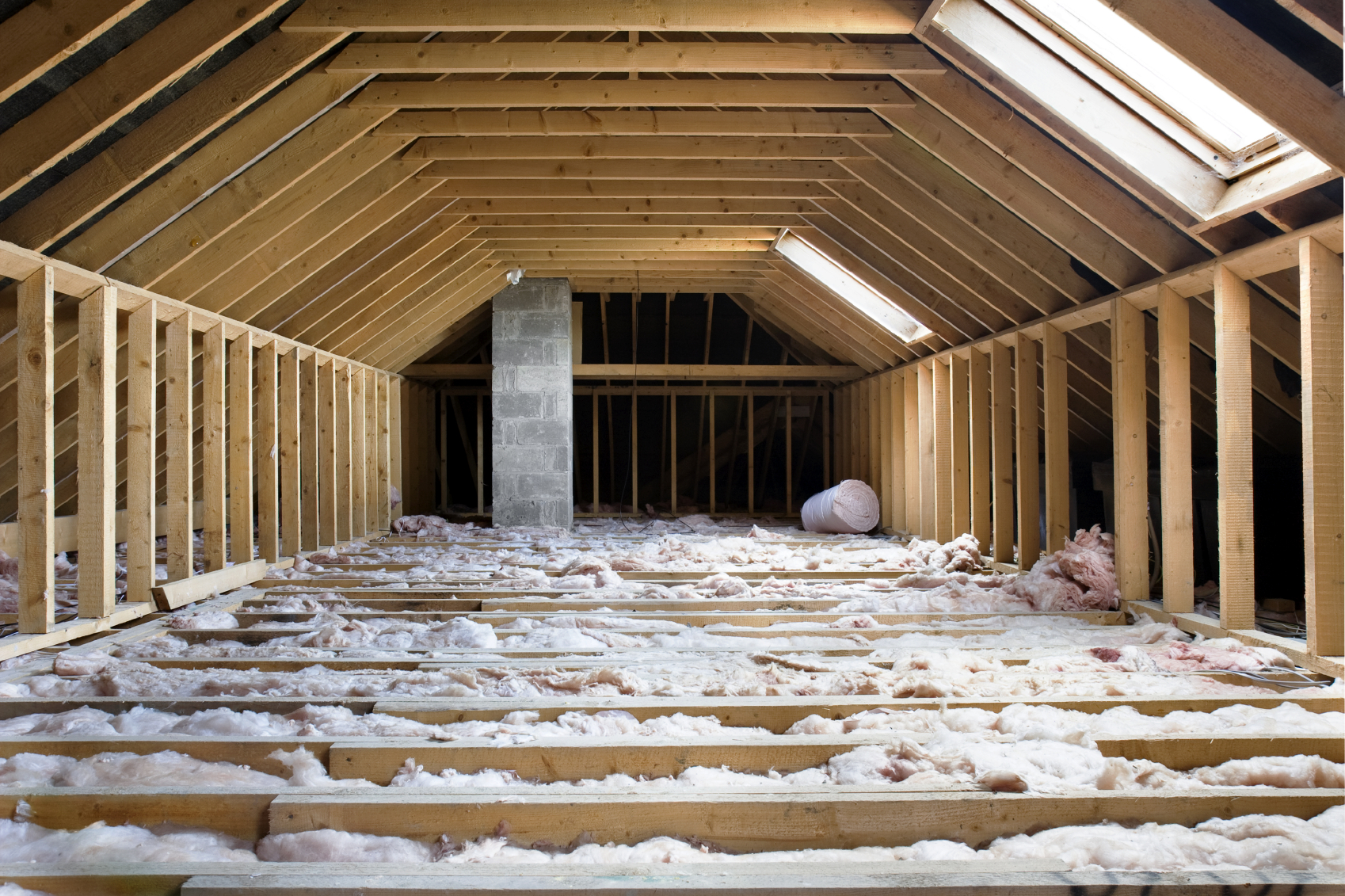



Alas, no comments yet. Be the first!